Protein is an essential nutrient vital for building and repairing tissues, making it an integral part of any balanced diet. While many associate protein with meat, there exists an exciting array of plant-based and unexpected food sources that can help meet your protein goals. These foods are not only nutritious but also offer diverse flavors and textures to enrich your meals.
1. Wild Rice

Often mistaken for a traditional rice variety, wild rice is actually a nutrient-dense seed with a unique taste and texture. Its chewy exterior and nutty flavor make it an excellent addition to salads and soups.
Rich in protein and fiber, wild rice provides a satisfying meal component while promoting digestion.
2. Lentils

Have you ever tried lentils? These little legumes are packed with protein and come in various colors such as green, red, and brown.
Lentils have been a dietary staple for centuries, particularly in Middle Eastern and Indian cuisines. Their versatility allows them to be used in soups, stews, and salads. Besides protein, lentils are a great source of iron and folate.
3. Black Beans
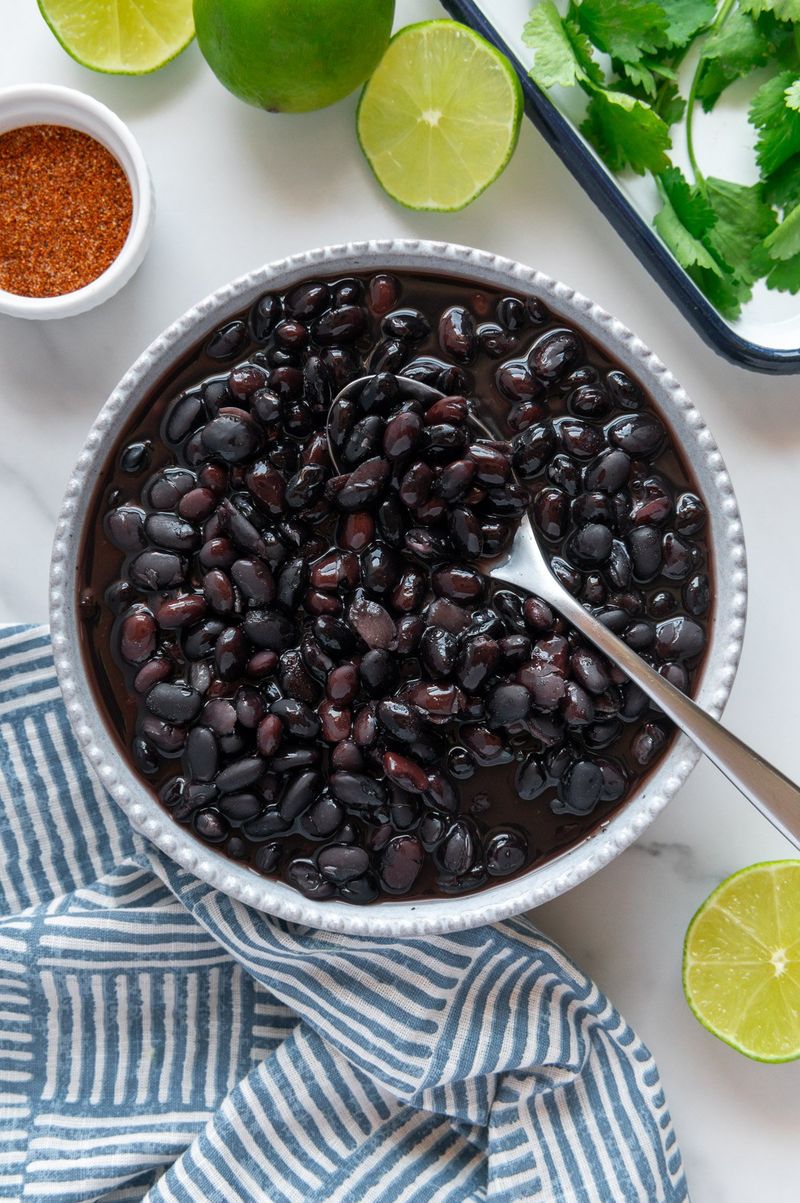
With their dark, glossy appearance, black beans are a powerhouse of nutrition. These small, oval-shaped beans are not only rich in protein but also provide essential nutrients like magnesium and fiber.
Used frequently in Latin American dishes, black beans offer a hearty base for foods like burritos and tacos. Their mild flavor makes them adaptable to various cuisines.
4. Peanuts and Peanut Butter
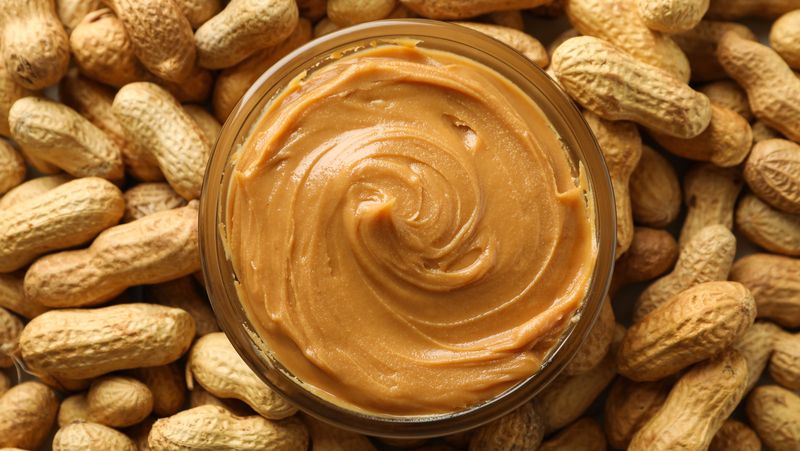
Though often thought of as nuts, peanuts are actually legumes that boast an impressive protein content. Whether enjoyed whole or in the form of creamy peanut butter, they add a deliciously nutty flavor to snacks and meals.
Popular in both Western and Asian cuisines, peanuts provide healthy fats alongside protein. Their versatility ranges from sandwiches to sauces.
5. Chia Seeds
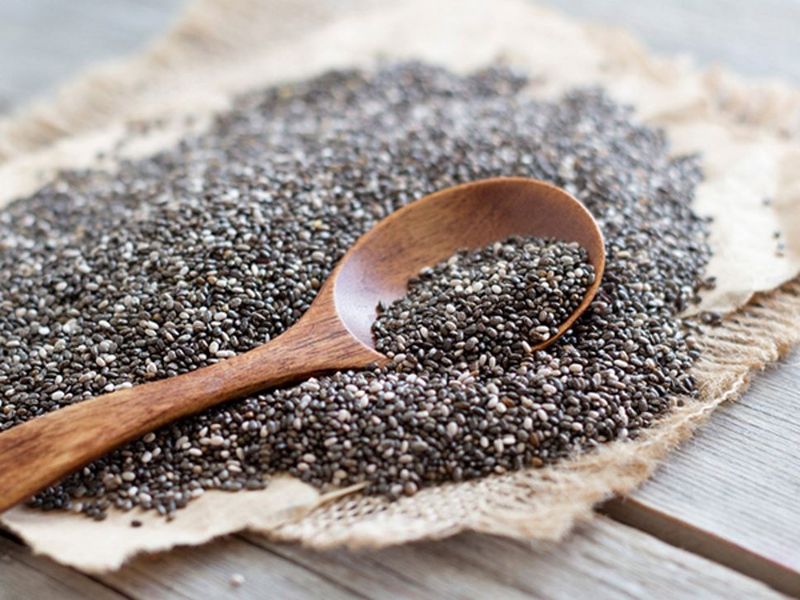
Tiny yet mighty, chia seeds are packed with nutrients. These small seeds absorb liquid and expand, creating a gel-like consistency when soaked.
Chia seeds are a popular addition to smoothies, yogurts, and puddings. Rich in omega-3 fatty acids and protein, they provide a nutritional boost to any meal.
6. Chickpeas
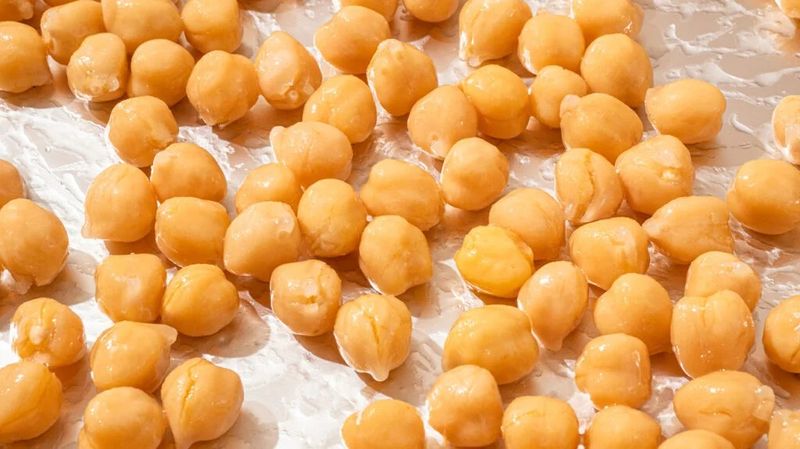
Also known as garbanzo beans, chickpeas have been cherished in Mediterranean and Middle Eastern cooking for centuries. These round, beige legumes are celebrated not only for their protein content but also for their versatility.
From hummus to falafels, chickpeas can be transformed into numerous delightful dishes. They are also a fantastic source of fiber and other essential nutrients.
7. Pumpkin Seeds
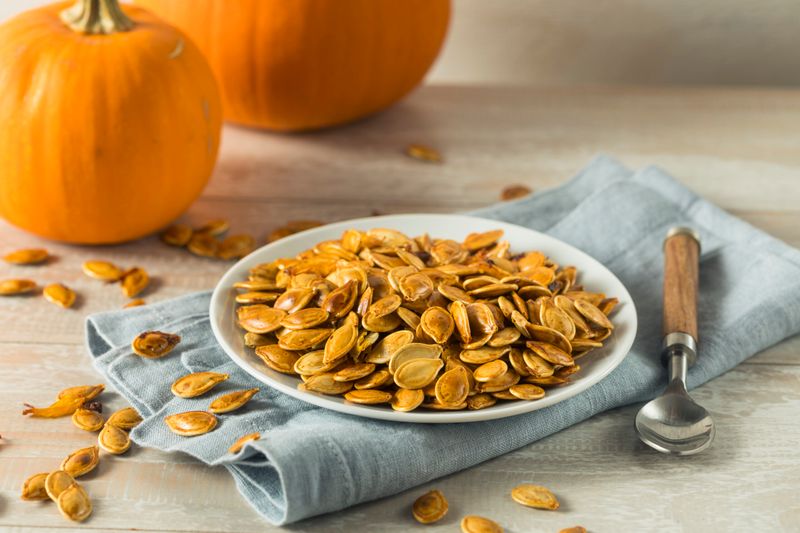
Pumpkin seeds, also known as pepitas, are tiny nutritional powerhouses. With a satisfying crunch and rich flavor, they are perfect for snacking or sprinkling on top of salads.
High in protein, magnesium, and zinc, pumpkin seeds support overall health and wellness. Traditionally consumed during the harvest season, they have become a year-round favorite for many health enthusiasts.
8. Almonds
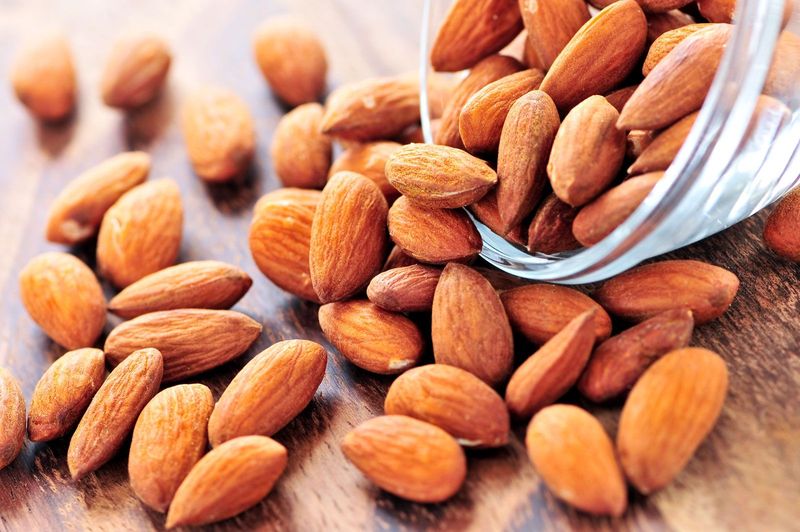
Almonds are not just a tasty snack; they are also a fantastic source of protein. These oval-shaped nuts are rich in vitamin E, magnesium, and healthy fats.
Whether eaten raw or in almond butter form, they offer a satisfying crunch and subtle sweetness. Almonds have been cultivated since ancient times, and their popularity continues to grow in modern diets.
9. Oats
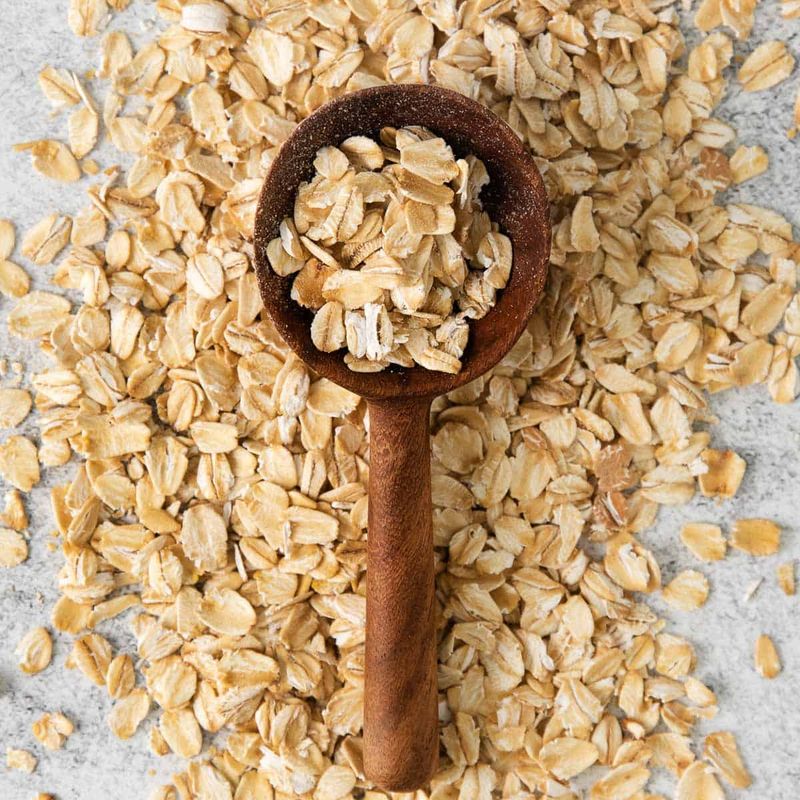
Commonly associated with breakfast, oats are a valuable protein source. Known for their heart-healthy benefits, oats are packed with essential nutrients like fiber and iron.
They can be enjoyed as oatmeal, in baked goods, or as a crunchy granola topping. Oats have been a staple in many cultures for centuries, providing sustained energy throughout the day.
10. Eggs
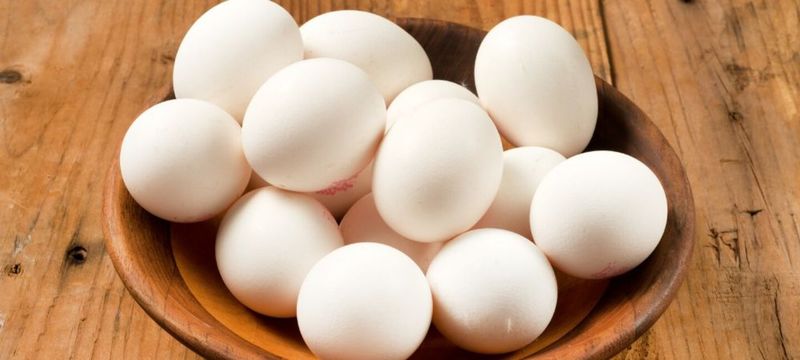
Eggs are one of the most complete protein sources available. They contain all essential amino acids needed by the human body. Whether scrambled, boiled, or poached, eggs are incredibly versatile and nutritious.
They are a breakfast staple in many households, appreciated for their ability to provide lasting satiety. Beyond breakfast, eggs find their way into various recipes, adding richness and flavor.
11. Cottage Cheese

Cottage cheese is a staple in many diets due to its high protein content and creamy texture. With its mild flavor, it pairs well with both sweet and savory dishes.
Enjoy it with fruits or use it as a filling in pasta dishes. Cottage cheese is also a good source of calcium and other essential nutrients, making it a wholesome choice for various meals.
12. Quinoa
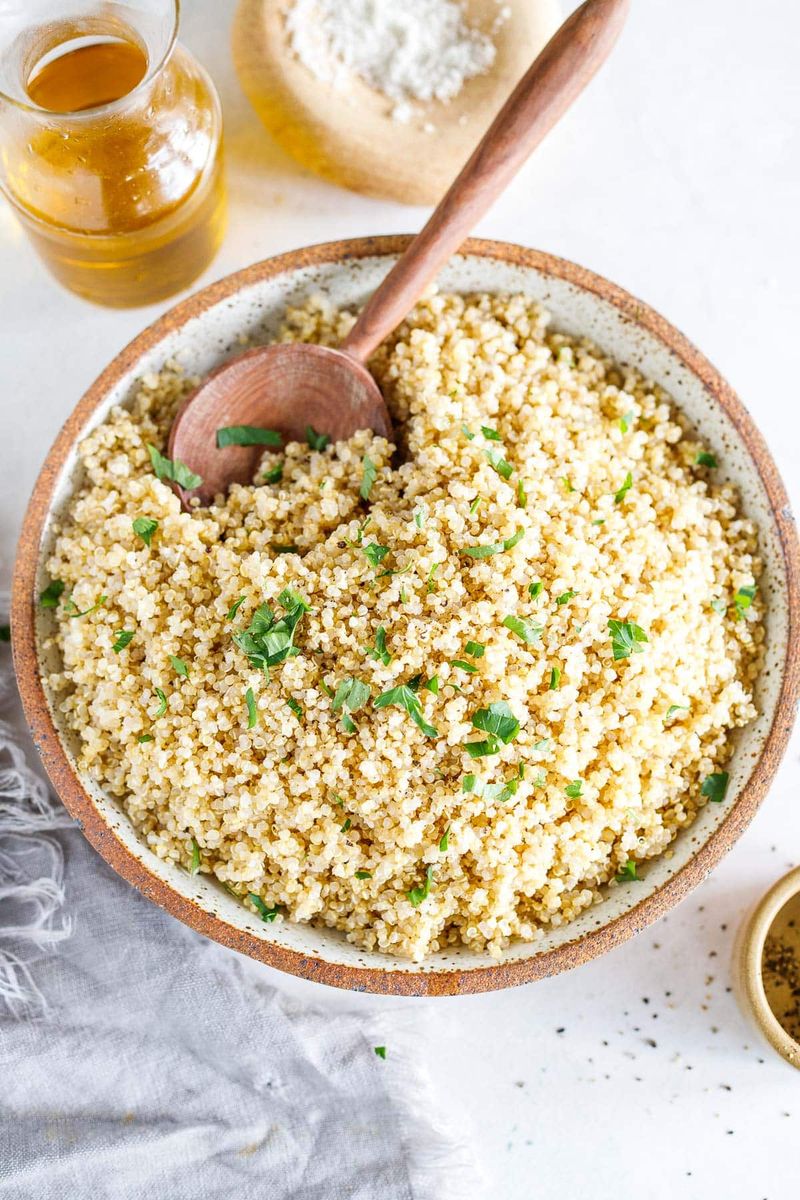
Often referred to as a supergrain, quinoa is actually a seed that is high in protein and contains all nine essential amino acids. Its fluffy texture and mild flavor make quinoa a versatile ingredient in salads, pilafs, and even breakfast dishes.
Originating from the Andes, quinoa has been cultivated for thousands of years and continues to be a popular health food today.
13. Edamame
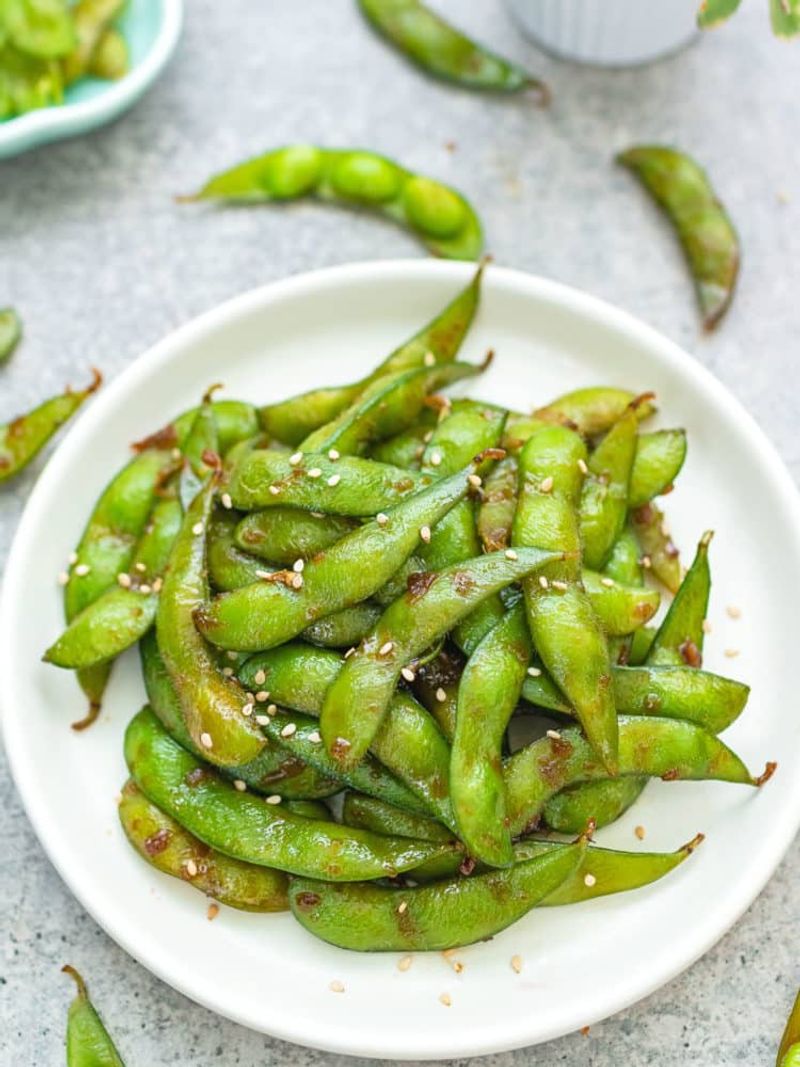
Edamame, young soybeans, are a popular snack in Japanese cuisine. These vibrant green pods are boiled or steamed and sprinkled with salt, offering a delightful protein-packed treat.
Edamame is rich in essential nutrients like iron and calcium, making it a healthy addition to any diet. Its small size and pleasant taste make it a favorite among both children and adults.
Leave a comment